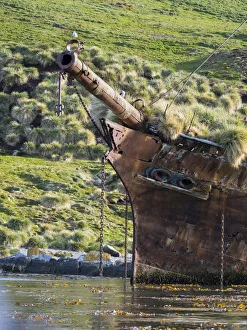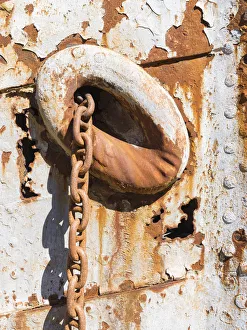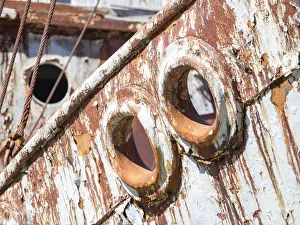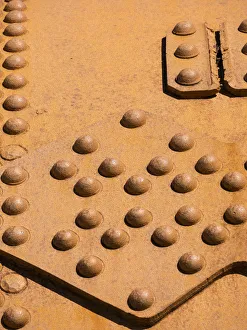Fish Oil Collection
Exploring the remnants of South Georgia Island's whaling industry, one can't help but marvel at the historical significance and environmental impact it had
All Professionally Made to Order for Quick Shipping
Exploring the remnants of South Georgia Island's whaling industry, one can't help but marvel at the historical significance and environmental impact it had. From the wrecked Bayard in Ocean Harbour to the anchor chain of Dias in Grytviken, these artifacts serve as reminders of a bygone era. Grytviken Whaling Station, now open to visitors, offers a glimpse into the past. Although most walls and roofs of the factory have weathered away with time, their skeletal structures stand tall against nature's relentless forces. Tanks that once stored fuel for ships and factories still dot the landscape, bearing witness to a bustling industry that thrived here. The Petrel whale catcher is another intriguing sight at Grytviken Whaling Station. Its imposing presence tells tales of daring hunts on treacherous seas. While visitors explore this historic site they can transported back in time when these magnificent creatures were hunted for their valuable resources. Venturing further towards Stromness Whaling Station reveals more ruins from Antarctica's whaling history. The crumbling remains paint a vivid picture of an industry that shaped economies and landscapes alike. These haunting ruins stand as silent witnesses to human endeavors gone awry. Amidst all this exploration lies an important connection: fish oil - a product extracted from whales during those times. This precious resource fueled industries worldwide and played a significant role in various applications such as lubricants, cosmetics, and even dietary supplements. While we reflect upon these remnants of our past actions on South Georgia Island, it is crucial to acknowledge how far we've come in terms of conservation efforts today. Fish oil has found alternative sources like sustainable fisheries or plant-based alternatives without compromising marine ecosystems. As we learn from history's mistakes and embrace sustainable practices moving forward, let us remember fish oil not just as an industrial commodity but also as a reminder of our responsibility towards preserving our planet for future generations.












